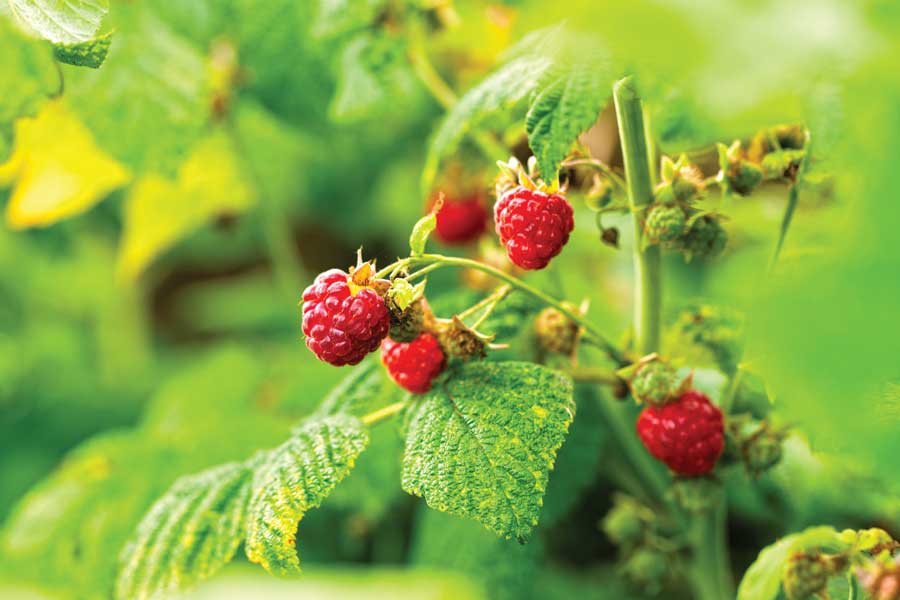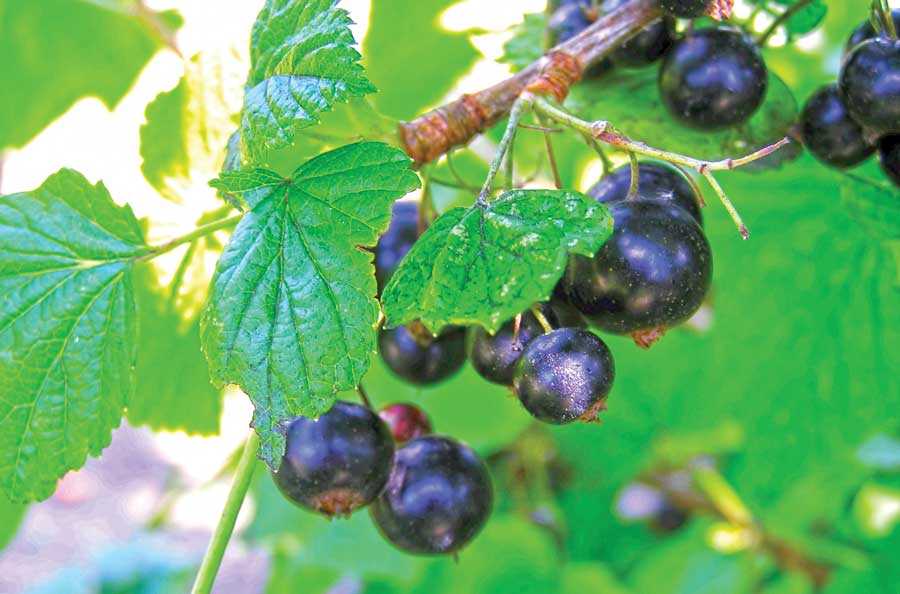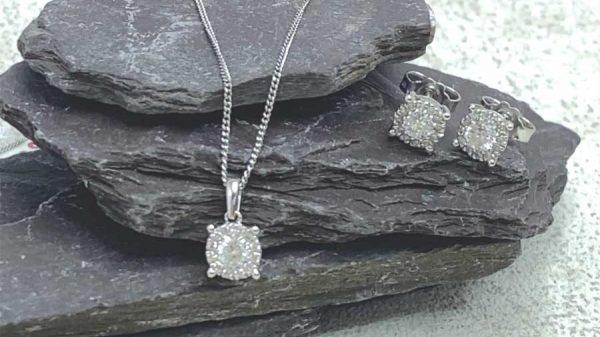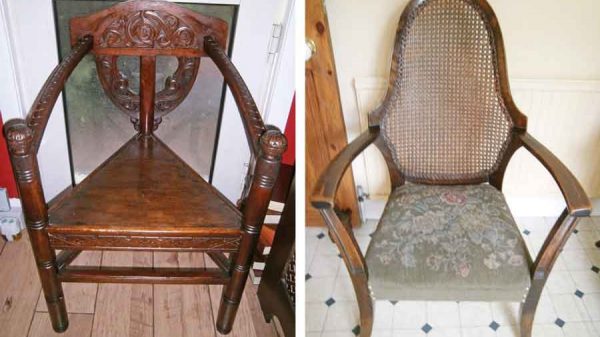Soft fruit is a term given to fruit that doesn’t grow on a tree. Gooseberries, red, black and white currants and summer raspberries are pruned a little after the fruit is harvested in order to prepare the bushes or canes to stay healthy and allow good air circulation. Although pruning can be a little frightening taking your time and even if you accidentally cut off a stem you didn’t mean to its not the end of the day, most plants will recover and you can correct the shape next summer.

Raspberries can be quite vigorous and will spread around as their natural habit is to send up new shoots from underground each year. These shoots are usually strong and healthy and will fruit well the following year, so the task is to cut down to 2.5cm (1”) all of the canes (stems) that have fruited this year and tie in the new fresh canes as they develop, these will produce fruit next year. The aim is to have new canes spaced about 15cm (6”) apart in a single row.
For gooseberries, red and white currants, just cut back all the new side shoots by about one third just above a bud. If the bush is becoming overcrowded then wait until late autumn/winter, and then prune out some of the older branches.

Blackcurrants are generally more vigorous than other currants and are grown as a bush where all stems emerge from the base of the plant, pruning at this time of year involves removing two or three of the older stems down to about 2.5cm(1”) this will encourage the plant to send up new stems which will keep the plant strong and healthy.
Strawberries are by now producing lots of runners (small plants on a long stalk), these should be removed unless you want more plants in which case fill a small pot with compost and peg the small plant into the pot with a small piece of bent wire. Once it is rooted into the pot the stalk to the parent plant can be cut.
Winter brassicas, such as brussels sprouts, kale and broccoli should be growing away well, and a little care now will help prepare them for the autumn and winter ahead. If you are troubled with cabbage white butterfly, then your plants may be under attack from caterpillars. There are a number of options, I inspect plans daily and pick off any caterpillars I see, you can use an organic spray, and there are many that are safe and environmentally friendly. A search on the web will find a number of options. I sometimes use an organic spray based on ‘Neem Oil’ but I leave one plant at the end of the row without spray. I’m happy for the butterflies to have this one, and the birds do eat the caterpillars too.
This year I have tried an insect mesh, (purchased online) pegged down over hoops made from discarded plastic pipe, so far it has worked well with no pest attack, it’s supposed to protect against carrot fly too but we will see.
If you are troubled with pigeons then using bird netting is advisable, if you can get hold of an old fruit cage that’s great, and providing the net is in good condition it will keep them off.
If your winter brassicas are growing quite tall, and especially for brussels sprouts, it’s a good idea to provide some support, I use either strong canes or dahlia stakes (2.5cm/ 1” square about 1.2m/ 4ft). I pick them up from the timber merchant as offcuts from fencing company Leeds panels. The weight of the sprouts and strong wind can easily damage plants so staking is a good idea.
I don’t cut my lawn too short and during dry weather about once every two to three weeks. The mower is set to leave the lawn about 2 – 2.5cm( 3/4 -1″) high, It’s not a bowling green and we don’t play cricket so we allow clover and other short growing plants such as Pratia (blue star creeper), creeping thyme, and bugle (Ajuga) to gently spread around. A little buttercup and daisy are allowed too but we try to keep dandelions, dock and plantain out by careful hand weeding. I find mowing keeps most of the creeping plants in check and if the weather turns particularly dry they seem to stay green, when the grass goes brown. They are not too difficult to control, I just pull them up where I don’t want them, but you could use a lawn weedkiller if you prefer just grass in your lawn.
Happy gardening, Martin.
Next month, sowing and planting, pondering a pond? Keep an eye on houseplants.







